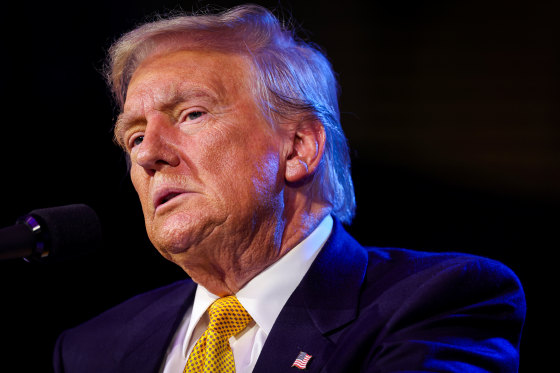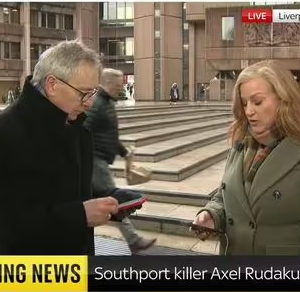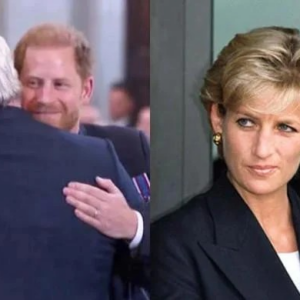In a recent turn of events that has left many observers both amused and bewildered, Donald Trump found himself in a precarious situation as audience members began walking out of his rally. This surprising reaction has sparked discussions about his declining appeal, especially as a new analysis from The New York Times compares crowd sizes between Trump and Vice President Kamala Harris. Given Trump’s notorious obsession with crowd sizes, this analysis is particularly damaging to his narrative.

The New York Times conducted a thorough examination of six rallies held by both candidates over a three-week period in August. Their findings revealed that, contrary to Trump’s claims, both he and Harris attracted comparably large crowds, with some events even favoring Harris. This revelation rattled Trump, who has frequently exaggerated the size of his audiences, often claiming that he draws more people than anyone else in political history. In a bizarre moment, Trump even compared his crowds to those of Martin Luther King Jr., asserting that his rally had more attendees than King’s iconic “I Have a Dream” speech. This delusion only underscores his fixation on crowd sizes.
During a rally in Glendale, Arizona, Trump claimed, “Nobody’s spoken to crowds bigger than me.” However, the evidence suggests otherwise. While he drew approximately 11,500 attendees, the venue was only about 60% full, with many seats left empty as he continued speaking. In contrast, Harris’s rally in Milwaukee attracted around 12,800 people, filling 70% of the venue. This disparity in crowd sizes has been a sensitive subject for Trump, especially as enthusiasm for the Democratic ticket appears to be on the rise.
The analysis by The New York Times also noted that crowd sizes do not necessarily correlate with electoral success. Historical context shows that significant crowd sizes do not guarantee votes, as evidenced by Bernie Sanders’ impressive rallies in 2020 that did not translate into sufficient electoral support. This reality seems to be hitting Trump hard as he grapples with the increasing popularity of Harris.
As the rallies unfolded, videos emerged showing audience members leaving Trump’s event early, a clear indication of their waning interest. Reports confirmed that people departed during his speech, leading to a noticeable thinning of the crowd. Photographs captured the stark contrast between the initial packed audience and the empty seats that remained as Trump continued his lengthy address. This visual evidence has become a source of amusement for many, illustrating the disconnect between Trump’s self-proclaimed popularity and the reality of his rally attendance.
In a recent post on Truth Social, Trump attempted to pivot the conversation by discussing unrelated topics, including vaping regulations and criticisms of Harris’s past employment claims. However, these distractions did little to quell the mounting evidence against him regarding crowd sizes and overall enthusiasm. His posts have become increasingly erratic, reflecting a man who is clearly feeling the pressure as the election approaches.
Adding to the intrigue, Trump has been sharing posts from controversial figures and conspiracy theorists, seemingly trying to rally his base with sensational claims. Yet, as the New York Times analysis indicates, the enthusiasm that once characterized his rallies is now being challenged by Harris’s growing support.
As the political landscape continues to evolve, it’s clear that Trump’s fixation on crowd sizes may be backfiring. The contrast between his dwindling audiences and Harris’s rising crowds serves as a reminder that the dynamics of political support are constantly changing. With the election on the horizon, it remains to be seen how Trump will adapt to this shifting narrative.
In conclusion, the surprising reactions at Trump’s rallies, combined with the compelling analysis from The New York Times, paint a vivid picture of a candidate struggling to maintain his grip on the political stage. As audience members walk out and evidence mounts against his claims, it becomes increasingly clear that the upcoming election will be a pivotal moment for both Trump and Harris. With the stakes higher than ever, the political arena is set for an intense showdown, and the reactions from both candidates will undoubtedly shape the narrative leading up to decision day.





